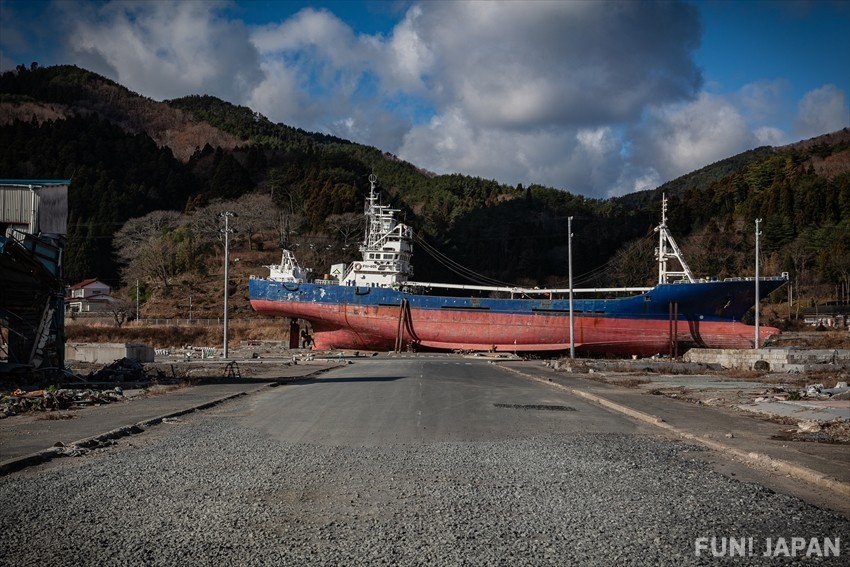
The Japanese word "tsunami" (津波, TSUNAMI) is now widely recognized and used globally, especially in English-speaking regions as a term to describe a massive wave. However, in Japan, it is deeply tied to historical tragedies and continues to evoke profound emotions. This article covers the mechanisms of tsunamis, their history, evacuation procedures, the differences in tsunami warnings, and other essential information that could be useful during a disaster.
The Significance of the Word "Tsunami"
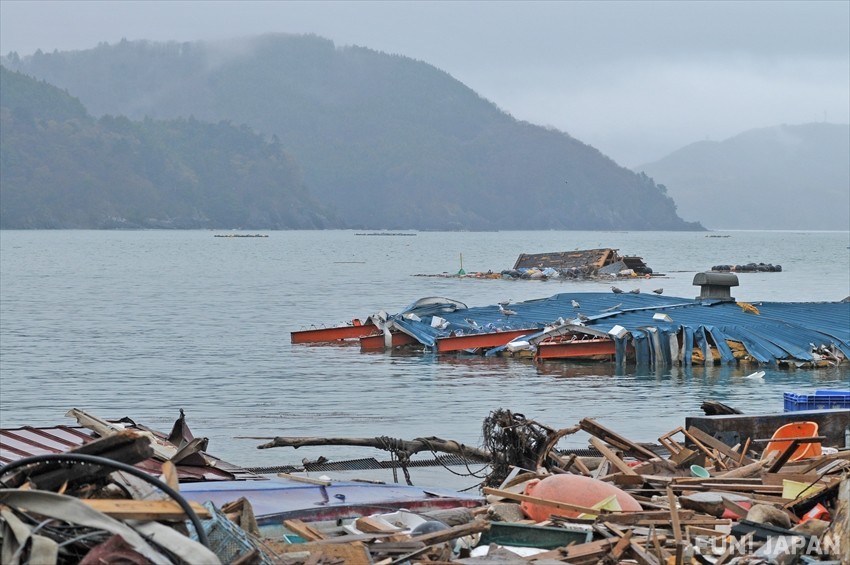
"Tsunami" is a compound word combining "tsu" (津), meaning harbor, and "nami" (波), meaning wave. While tsunamis are not exclusive to Japan, around 16% of major earthquakes and tsunamis worldwide since 1900 have occurred in Japan, including many with high death tolls.
In 1896, "National Geographic" published a report on the Meiji Sanriku Earthquake Tsunami, using the word "tsunami" in its original Japanese form. The word also appeared in English writings by Lafcadio Hearn (Koizumi Yakumo). Its simplicity and descriptive accuracy have made it a universal term.
How Do Tsunamis Form?
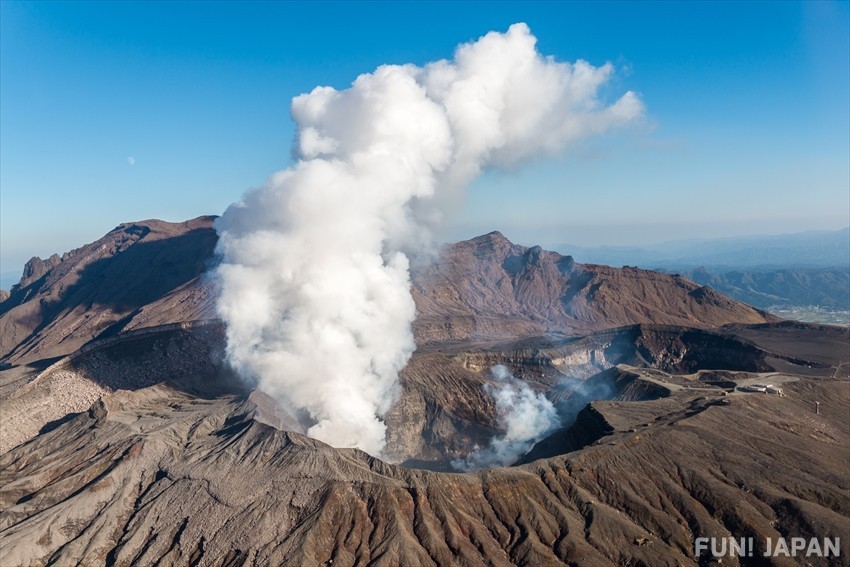
Tsunamis are typically caused by intense movements of the ocean floor, most often triggered by earthquakes.
Japan's location at the intersection of several oceanic and continental plates makes it prone to tectonic shifts and subsequent earthquakes, which frequently lead to tsunamis. Other causes can include meteorite impacts, landslides, volcanic eruptions, or lava flows into the sea.
Tsunamis involve massive amounts of water moving rapidly; their speed is determined by water depth. Although they slow down near shorelines due to shallower waters, they can still approach at speeds similar to a fast-moving car.
Tsunamis caused by plate movement can surge to heights of several tens of meters as they approach land, while those triggered by landslides or meteorite impacts may reach hundreds of meters in height.
List of "Historic Tsunamis" in Japan

1771: Yaeyama Earthquake (Great Meiwa Tsunami)
The Yaeyama Earthquake triggered a massive tsunami, killing approximately 11,000 people. Ishigaki and Miyako Islands, then part of the Ryukyu Kingdom and now part of Okinawa Prefecture, suffered severe damage, including an 80-year famine.
1792: Shimabara taihen, Higo meiwaku (Shimabara’s Catastrophe, Higo’s Cataclysm.”)
Volcanic activity from Mount Unzen caused a major earthquake, leading to the collapse of Mount Mayuyama into the Ariake Sea, resulting in a tsunami that claimed approximately 15,000 lives.
1896: Meiji Sanriku Earthquake
A major earthquake off the coast of Iwate Prefecture was followed by a massive tsunami roughly 30 minutes later, killing more than 22,000 people. The tsunami reached over 30 meters in height and held Japan's record for the highest tsunami until the 2011 Tohoku Earthquake.
1993: Hokkaido Nansei-Oki Earthquake (Okushiri Earthquake)
A tsunami caused by the offshore Okushiri Earthquake struck with high speed, primarily affecting Okushiri Island. There were around 230 casualties, including those missing.
2011: Great East Japan Earthquake (Tohoku Earthquake)
The catastrophic tsunami triggered by the Great East Japan Earthquake led to over 20,000 deaths and is considered Japan's worst natural disaster since World War II.
In addition to extensive damage to homes and infrastructure, the Fukushima Daiichi Nuclear Power Plant was struck, resulting in a meltdown. Over a decade later, the impact of this disaster is still evident.
November 5th: Tsunami Disaster Prevention Day and World Tsunami Awareness Day
Tsunami Disaster Prevention Day was established to reflect on lessons learned from the Great East Japan Earthquake and to protect lives from tsunamis.
In 1854, during the Ansei Nankai Earthquake, a massive tsunami struck Wakayama Prefecture. The story of "Inamura no Hi" ("The Fire of Rice Sheaves"), in which villagers were urged to evacuate to higher ground by setting fire to rice sheaves, saving many lives, has been passed down for generations. November 5th was chosen to promote tsunami preparedness based on this historical event.
On this day, tsunami drills and awareness events are held throughout Japan, emphasizing the dangers of tsunamis and urging continuous disaster preparedness.
In 2015, the United Nations designated November 5th as World Tsunami Awareness Day. This international effort aims to enhance tsunami awareness and promote disaster prevention measures worldwide.
Japan's Tsunami Warning System
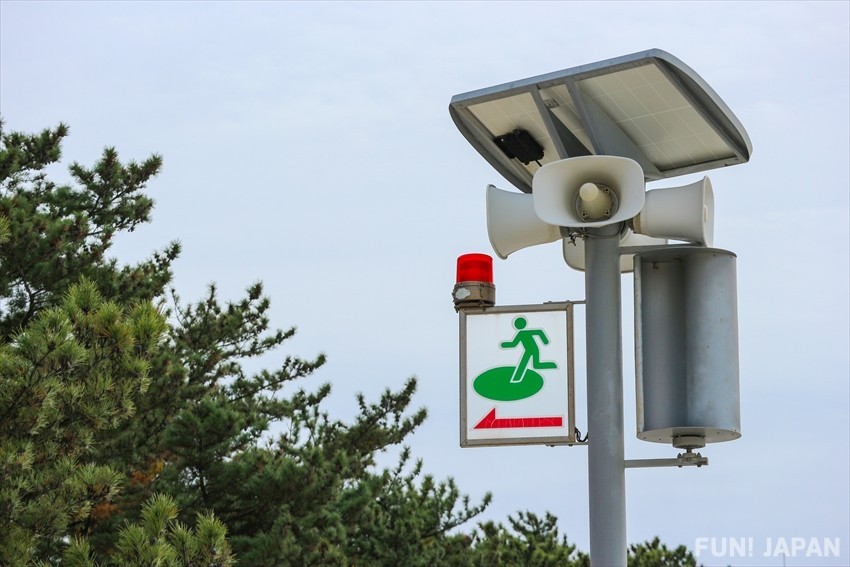
Japan's tsunami warning system is designed to rapidly and accurately broadcast information nationwide within minutes of an earthquake, protecting lives and property. There are three levels of tsunami warnings: Tsunami Advisory, Tsunami Warning, and Major Tsunami Warning.
Tsunami Advisory
Expected Height: Approximately 1 meter
- Possible Impact: Small vessels may capsize, and people in the water could be swept away.
- Action: Leave the water immediately and move away from the coast.
Tsunami Warning
Expected Height: Approximately 3 meters
- Possible Impact: Low-lying areas may experience flooding and damage.
- Action: Multiple waves are possible. Evacuate to high ground or taller evacuation buildings.
Major Tsunami Warning
Expected Height: Approximately 5 to over 10 meters
- Possible Impact: Wooden buildings may be completely destroyed or washed away.
- Action: Those near the coast or rivers should evacuate to high ground or designated evacuation buildings.
What to Do When a Tsunami Strikes

Tsunamis are unpredictable, so maintaining a strong sense of disaster preparedness is crucial.
Prioritize Personal Safety
Tsunamis can arrive just minutes after an earthquake, so if you feel strong shaking or if a tsunami warning is issued, evacuate immediately to higher ground or the upper floors of a sturdy building. If outside, follow tsunami warning signs and evacuation route maps to reach a safe location as quickly as possible.
Stay Informed
Once safely evacuated, continue to monitor the latest tsunami information and report your safety status to your family or workplace.
You can also configure your mobile phone or smartphone to receive emergency earthquake alerts and tsunami warnings from the Japan Meteorological Agency, ensuring timely updates.
[Recommended Disaster Apps and Websites]
[LINE Safety Confirmation Feature Operation Steps]
(1) Tap [Safety Confirmation] banner at the top of the [Home] screen, then tap [Report Safety].
(2) Select either [Safe] or [Damage].
(3) Enter a message and tap [Publish].
Prepare Emergency Supplies in Advance
Keep these key points in mind when preparing emergency supplies to ensure you're ready for any situation.
Prioritize Essentials
Prepare vital items like emergency food, drinking water, flashlights, radios, first aid kits, and portable toilets first. Tailor your supplies to suit your family’s needs, such as special medications or other individual considerations.
Choose Portable Items
Too many supplies can become cumbersome and pose risks during evacuation. Select compact, lightweight items for easier carrying when moving quickly.
Regular Inspections and Restocking
Check the expiration dates of emergency food and water regularly, replacing them as needed. Ensure flashlights and radios have working batteries, and make sure first aid kits are fully stocked and in good condition.
👉 Purchase a disaster prevention set (for 1 person) supervised by a disaster prevention officer
👉 Purchase an in-vehicle overnight set (25-piece set of disaster prevention goods)
👉 Supervised by a pet animal care manager Purchase a disaster prevention set for cats
👉 Buy a set of emergency supplies for dogs
Carry an Emergency Pouch When Traveling
When visiting areas near the ocean or rivers, it’s recommended to carry an emergency pouch just in case. Always have drinking water handy as well for added peace of mind.
👉 Emergency food (dry food, etc.)
👉 Mini first aid kit (bandages, disinfectants, etc.)
Tsunami preparedness depends on each individual’s awareness and actions. Take this opportunity to review your emergency supplies, talk about disaster preparedness with your household, and strengthen your knowledge about tsunami safety measures.

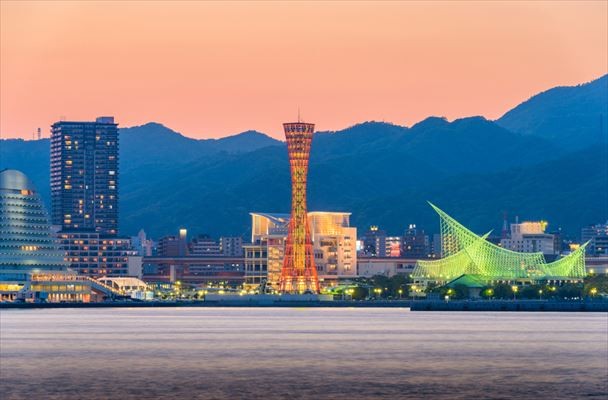

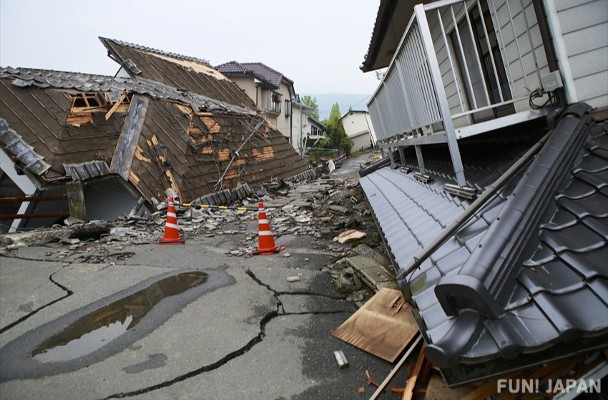
Comments